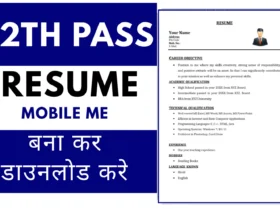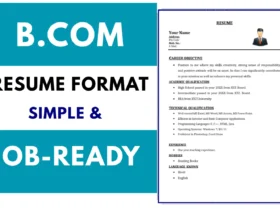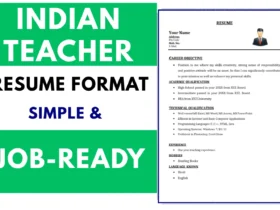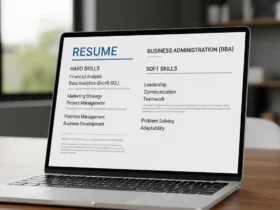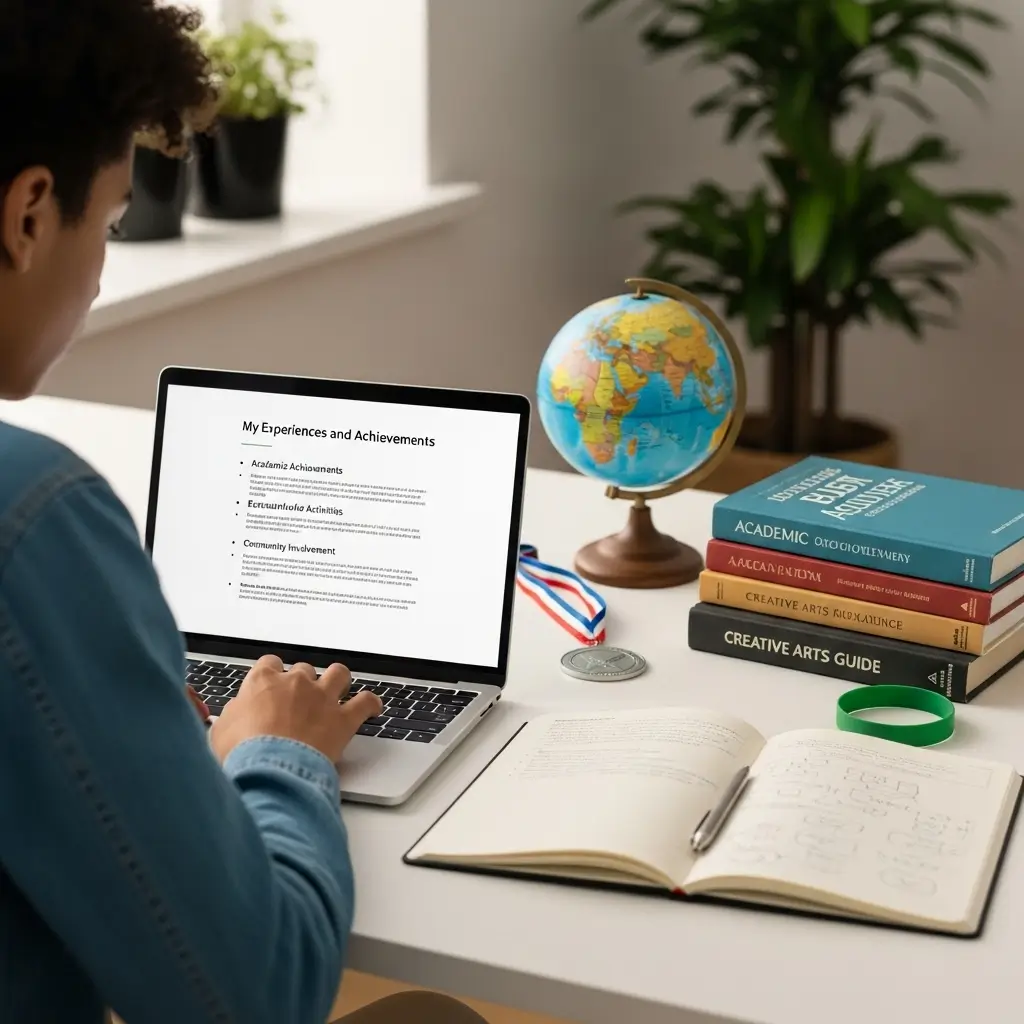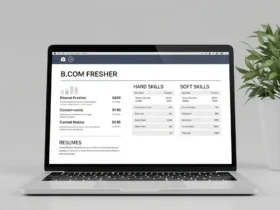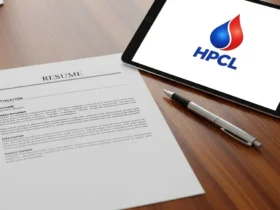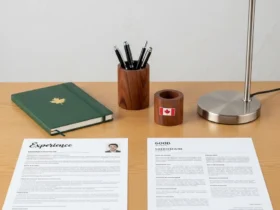Imagine you’re building a magnificent structure, brick by brick. Each brick represents an experience, a skill learned, or an achievement earned. Now, imagine you need to show someone the incredible building you’ve created – how would you describe it? You wouldn’t just say, “It’s big!” You’d detail its unique features, its sturdy foundation, and the purpose it serves.
That’s a bit like what a CV (Curriculum Vitae) does for your life’s experiences, especially when you’re aiming for big goals like university, scholarships, or future career paths. It’s your story, professionally told. For many aspiring doctors in the United States, a very specific and detailed document called an AAMC CV template is the gold standard for presenting their extensive qualifications to medical schools. While you might be years away from applying to medical school, understanding the meticulous way an aamc cv template organizes accomplishments can give you a powerful head start in documenting your own journey, no matter where your dreams take you in the world.
What’s a CV, Anyway? (And Why You Should Care)
A CV is essentially a comprehensive document that outlines your academic history, work experience, skills, achievements, and other relevant experiences. Think of it as your personal highlight reel, but in written form, designed to showcase your capabilities and potential. Unlike a resume, which is often shorter and more focused on specific job applications, a CV can be much more detailed, particularly in academic or research-heavy fields.
The American Association of Medical Colleges (AAMC) provides a framework, often referred to as an aamc cv template, for applicants to medical schools. This template isn’t just a simple list; it demands deep reflection and detailed descriptions of every experience. While you, as a teen, might not be thinking about medical school applications today, learning about this structured approach offers a fantastic blueprint for keeping track of your own growth. Understanding how to thoroughly document your adventures now will save you a lot of time and stress later when you apply for universities in Canada, scholarships in Australia, internships in Germany, or even jobs in your local community in South Africa. It helps you articulate your story clearly and persuasively.
Decoding the AAMC CV: A Blueprint for Your Experiences
The beauty of the aamc cv template is its universal categories. Even though it’s designed for medical school, its sections cover a broad spectrum of human endeavor. When you look at its structure, you can easily adapt the principles to document your own journey, whether you dream of being an engineer, an artist, a scientist, or an entrepreneur.
Let’s break down some common AAMC CV sections and translate them into language that’s meaningful for your life right now:
- Work and Activities: Instead of just “jobs,” think “Your Adventures and Achievements.” This is where you detail everything from part-time work to school clubs, personal projects, and even significant family responsibilities.
- Publications: For a teen, this could become “Sharing Your Discoveries.” Did you write for your school newspaper in Japan? Contribute to a community blog in Brazil? Present a project at a local science fair in the UK? These count!
- Research: Let’s call this “Exploring the Unknown.” This isn’t just about lab coats; it includes school science projects, independent studies, or even in-depth historical research you did for a competition in India.
- Awards and Honors: This is straightforward: “Recognitions for Your Hard Work.” Academic distinctions, sports trophies, art competition prizes, or community service accolades all belong here.
- Leadership: Think “Guiding Others.” This includes roles like student council president in Nigeria, captain of your sports team in the USA, or leading a group project in your engineering club in China.
- Volunteer: This means “Giving Back to Your Community.” Any time you contribute without pay, whether it’s at a local shelter in France or organizing a clean-up drive in your neighborhood in Mexico, it’s valuable.
- Shadowing: This is often “Learning from the Pros.” While it usually refers to observing doctors, for teens, it could be any experience observing a professional in a field that interests you, like spending a day with an architect, a chef, or a software developer.
The key takeaway from the aamc cv template is the level of detail it requires for each entry. It’s not enough to list an activity; you need to describe what you did, what you learned, and what impact you had.
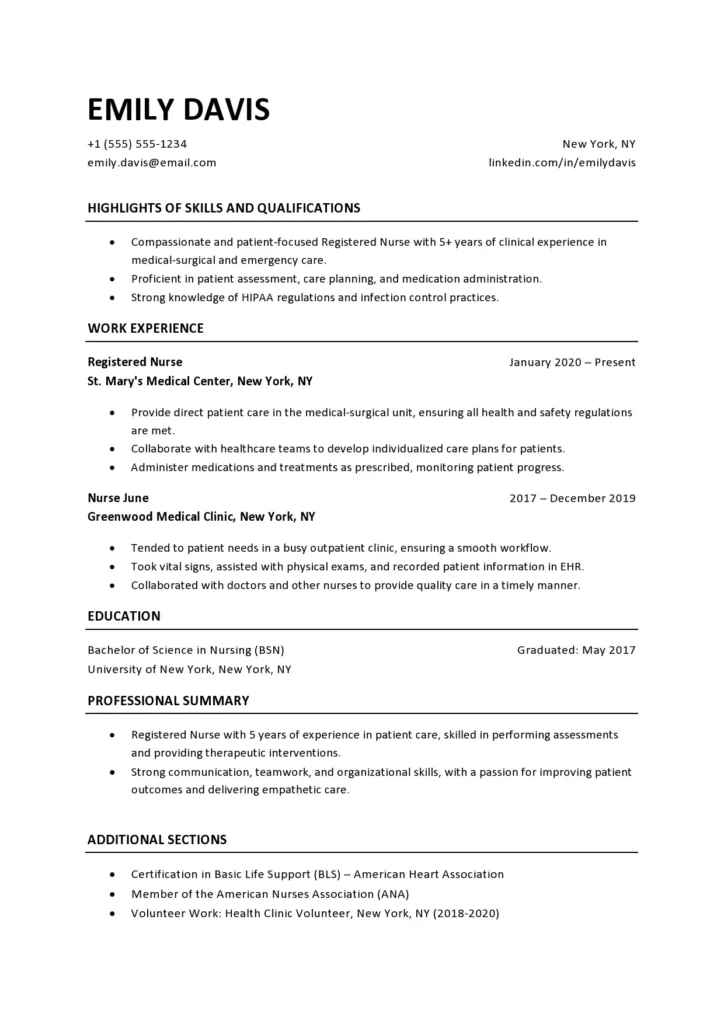
👉 Download Link: [Get Here]
Your “Work and Activities”: More Than Just a Job
This section is often the heart of any professional document, and the aamc cv template expects you to go deep. For teens, “Work and Activities” is a vast space to showcase your initiative, dedication, and growing skill set. What counts? Almost anything where you’ve invested your time and energy outside of regular classroom instruction.
Consider:
- School Clubs and Societies: Leading a robotics club in South Korea, managing the yearbook committee in Canada, or participating in a debate society in Australia. Don’t just list the club; describe your role, your contributions, and any specific projects or events you organized.
- Sports and Athletics: Being part of a national gymnastics team in Russia, captaining your school’s football team in Germany, or coaching younger players in New Zealand. Highlight teamwork, discipline, leadership, and any achievements.
- Creative Pursuits: Playing a musical instrument at a high level, performing in local theatre productions in Ireland, creating digital art, or writing poetry. These show dedication and unique talents.
- Part-Time Jobs: Working at a local cafe in Italy, tutoring younger students in Ghana, or delivering newspapers. Detail your responsibilities, the skills you developed (customer service, time management, problem-solving), and how you contributed to the business.
- Family Responsibilities: Many teens globally take on significant roles within their families, such as caring for younger siblings, managing household finances, or helping run a family business in Vietnam. These responsibilities build character, resilience, and practical skills. Describe the duties, the skills gained, and the impact of your contributions.
- Community Service and Personal Projects: Organizing a local fundraiser in Mexico, volunteering at an animal shelter in the UK, or building a website for a community group.
When documenting these experiences, think about “CAR”: Context (what was the situation?), Action (what did you do?), Result (what was the outcome or impact?). For instance, instead of “Robotics Club,” try: “Led a team of five students in the school’s robotics club (Context), designing and programming a robot to compete in the national robotics challenge (Action). Our robot placed among the top ten teams, enhancing our school’s reputation in STEM (Result).”
Academics and Beyond: Showcasing Your Intellectual Curiosity
While grades are important, an aamc cv template (and indeed, any strong application) looks beyond mere numbers. It seeks evidence of intellectual curiosity, critical thinking, and a genuine passion for learning. For teens, this means highlighting academic engagement outside of simply attending classes.
Consider these ways to demonstrate your intellectual drive:
- Research Projects: Did you undertake an independent research project for a science fair in the USA, explore a historical topic in depth for a competition in Portugal, or conduct a sociological study for a school presentation in Kenya? Even if it’s not university-level research, describing your methodology, findings, and what you learned shows initiative. Detail the project title, your role, and a brief summary of your work.
- Academic Competitions: Participating in math olympiads in China, winning a national spelling bee in Indonesia, or taking part in Model United Nations in France. These showcase your ability to apply knowledge and compete at a high level.
- Advanced Coursework or Certifications: Taking AP (Advanced Placement) courses, IB (International Baccalaureate) programs, online courses from reputable institutions, or obtaining certifications in programming, first aid, or specific software. These demonstrate a commitment to challenging yourself.
- Writing and Presentations: Writing for your school’s literary magazine in Sweden, presenting a complex topic to a large audience, or even maintaining a well-researched blog about a subject you’re passionate about. These display communication skills and expertise.
The objective here is to connect your academic pursuits to real-world application and personal growth. How did these activities deepen your understanding, develop your analytical skills, or prepare you for future challenges? An aamc cv template requires you to articulate these connections with precision, and practicing this now will make your future applications stand out.
The Power of Service and Leadership
Volunteering and leadership experiences are highly valued in any application, as they demonstrate your character, your commitment to others, and your ability to inspire and guide. The structure provided by an aamc cv template encourages applicants to reflect deeply on these experiences, and so should you.
- Volunteering: This shows empathy, community spirit, and a willingness to contribute without direct personal gain. Examples abound globally:
- Assisting at a local elderly care home in Spain.
- Participating in environmental clean-up drives in the Philippines.
- Tutoring younger students in your neighborhood in South Africa.
- Organizing blood donation campaigns with a local NGO in Pakistan.
- Helping with cultural festivals or events in your community in Japan.
- Volunteering at a local animal shelter in Germany.
- Leadership: Leadership doesn’t always mean having a fancy title. It’s about taking initiative, motivating others, and guiding a group towards a common goal.
- Being president of a school club in the UK.
- Captain of your sports team in Australia.
- Leading a group project in a challenging academic course.
- Organizing a school-wide charity event in the USA.
- Mentoring younger students in a peer support program in Canada.
Starting Now: Building Your Own “AAMC-Style” Record
You don’t need to be planning a medical career or applying to university tomorrow to start building your professional record. In fact, the earlier you begin, the easier and more complete your future applications will be. Think of it as creating a living document that grows with you. The disciplined approach inspired by the aamc cv template can truly set you apart.
Here are some practical tips to start building your own comprehensive record:
- Keep a Running List: Open a simple document on your computer or cloud storage (like Google Docs or Microsoft Word) titled “My Experiences and Achievements.” This will be your personal database. Update it regularly, ideally once a month or after every significant activity.
- Log Details Immediately: For every activity, jot down:
- Activity Name: What was it? (e.g., “Volunteered at City Public Library,” “Participated in National Science Fair,” “Worked at Local Grocery Store”)
- Organization/Location: Where did it happen?
- Dates: Start and end dates (month and year are sufficient, but specific dates are better if possible).
- Time Commitment: Approximately how many hours per week or total hours?
- Contact Person: Who was your supervisor or point of contact? (Name, title, email if appropriate – you might need a reference later!)
- Description: A brief paragraph explaining your role, responsibilities, what you learned, and any specific accomplishments or contributions.
- Reflect Regularly: Don’t just list; reflect. What skills did you develop? (e.g., teamwork, problem-solving, communication, leadership, technical skills). How did this experience change you or impact others? What challenges did you face and how did you overcome them? This deep reflection is a cornerstone of the aamc cv template and helps you articulate your story meaningfully.
- Categorize Your Experiences: As your list grows, you might want to categorize experiences similar to the AAMC CV sections (Academics, Work, Volunteering, Leadership, Arts, Sports, etc.). This makes it easier to pull specific information when needed.
- Seek Out New Experiences: Once you start documenting, you’ll become more aware of gaps or areas you want to strengthen. Use your evolving record to guide your choices about what new activities to pursue. Want more leadership experience? Look for opportunities to lead a project or committee. Want to explore a new field? Seek out shadowing or volunteer opportunities.
This practice isn’t just about preparing for future applications; it’s also a powerful tool for self-discovery. It helps you see your own growth, recognize your strengths, and identify areas where you want to develop further. The discipline and thoroughness inspired by the aamc cv template can transform how you approach your personal and academic journey.
What’s Next? Your Future, Documented.
Your teen years are a dynamic period of exploration and growth. Every school project, every volunteer hour, every club meeting, and every challenge overcome is a valuable part of your story. By adopting a methodical approach, similar to the rigor required by an aamc cv template, you are not just making a list; you are actively shaping and understanding your narrative.
This documented record will become an incredibly valuable resource. When that university application asks for your extracurricular activities, or a scholarship committee wants to know about your leadership skills, or an internship program requests a summary of your experiences, you won’t be scrambling to remember what you did two years ago. Instead, you’ll have a rich, detailed, and compelling story ready to share.
So, start today. Begin collecting those bricks of experience, carefully describing each one. Your future self, whether you’re aiming for a medical career, a tech startup, or anything in between, will thank you for having such a well-built and well-documented foundation.

